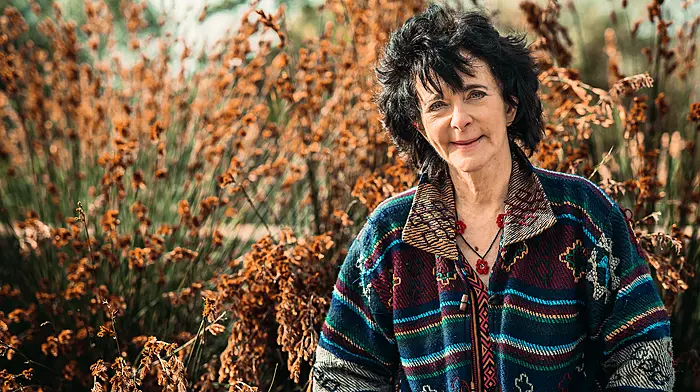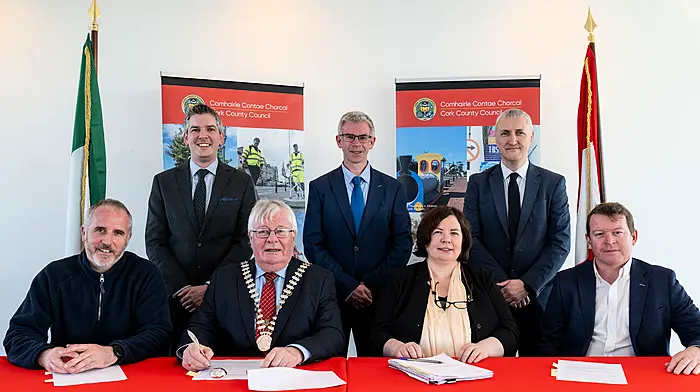YET another road death is being reported by this newspaper in West Cork this week, representing yet another family whose world has been turned upside down forever.
This year has been a treacherous one on Irish roads.
Last year there was an increase of 14% in fatalities on 2021’s figures, with 156 deaths from 150 road collisions.
By the start of August this year, there were already 100 deaths on the roads, and that number has increased steadily since.
The next few months are traditionally the most dangerous on Irish roads. Last winter 45 people lost their lives on our roads between October and December, with 17 road deaths in November alone.
With the increase in flooding in recent weeks, roads are becoming even more treacherous and local authorities are finding it difficult to keep up with emergency road repairs, never mind the scheduled repairs necessary for basic maintenance. As a result, road verges are collapsing and road surfaces are crumbling.
Climate change is going to place a significant burden on government resources.
The now inevitable damage-repair-damage cycle will create massive headaches for those in charge of local authority roads budgets.
Just a few days ago, the Road Safety Authority announced that the death toll for pedestrian road deaths is estimated to be thehighest in 15 years. The analysis from the RSA shows that there were 43 pedestrians killed on Irish roads in 2022. To date, there have been 38 pedestrian fatalities in 2023.
The analysis also shows that the winter months are particularly dangerous for pedestrians.
The government is taking legislative action across a range of areas to bring down fatalities and make our roads safer, including changes to penalty points and speed limits, as well as increased enforcement. But it is very difficult to see how signs suggesting lower speed limits will help curb road deaths when motorists are already exceeding speed limits.
Data shows that 58% of pedestrian fatalities took place last year on urban roads with speed limits of 60 km/h or lower, rather than rural roads with speed limits of 80 km/h or higher. So the lower speed limits were of no great assistance in curbing deaths in those instances, it would appear.
Furthermore, there can be no real enforcement without a real increase in enforcers, and the Garda representative bodies have long been at pains to point out they are working under a recruitment and retention crisis.
There was also a dramatic increase last year in fatalities among older people, compared with the previous three years, with those aged 66 years or over accounting for 51% of pedestrian fatalities in 2022.
This year so far, older people have accounted for 32% of pedestrian deaths. With the longer hours of darkness over the coming months, the RSA has advised all road users to be safe and be seen.
Drivers are urged to drive with dipped headlights during the day, especially if they do not have daytime running lights.
Pedestrians are urged to be clearly visible when walking during the day and wear high visibility clothing when walking at night.
Cyclists should wear high visibility clothing and ensure they have a white light to the front and a red light to the back, so they are visible to pedestrians and drivers.
The RSA also suggests taking regular coffee breaks on longer journeys to combat driver fatigue.
While drink-driving may have reduced in recent decades, the courts have highlighted another major issue facing motorists every day – an increase in drug-driving.
This is an area that needs both an education campaign and more enforcement to help reduce its involvement in road fatalities. It is only through the combined efforts of legislators, law enforcers, drivers themselves and educators/campaigners that we can hope to eventually see a reduction in the shocking road fatality figures.
In the meantime, it is up to everybody who uses the roads – pedestrians, cyclists, drivers and even passengers – to ensure our every day behaviour does not add to the horrific death tolls.










